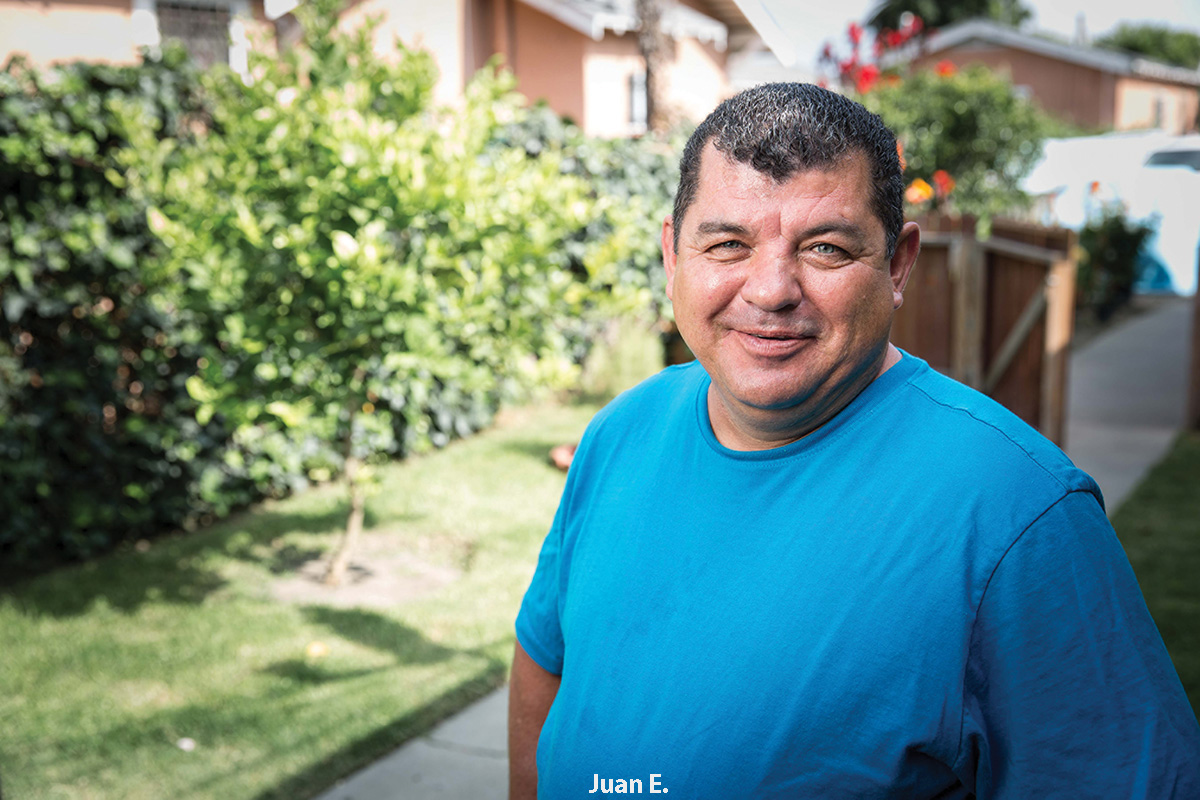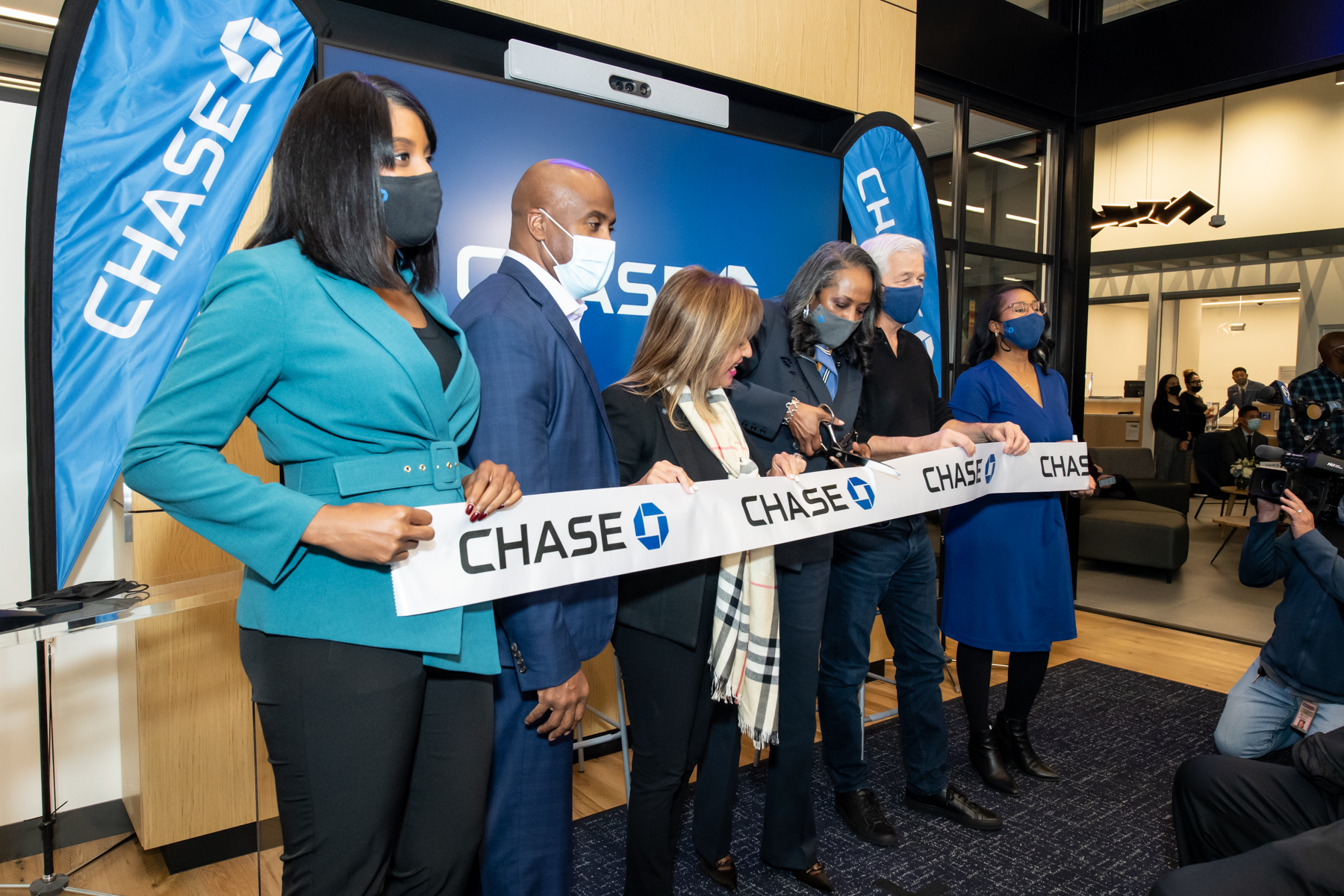by Mark Hedin
Ethnic Media Services
California is once again a leader in the fight against tobacco companies with the “California Smoking Cessation Helpline,” now renamed “Kick It California” – a state effort to help people quit smoking.
At Kick It California, anyone who wants to quit using tobacco – whether it’s smoking cigarettes, vaping, chews, or anything else – will find a wide variety of resources available for free on the program’s new website, optimized for mobile phones kickitca.org/es. You can also take the first step to improve your health by texting the words “QUIT SMOKING” to 66819 (or “Quit Smoking” if you prefer to do it in English) or call 1-800-300-8086. The program offers services in English and Spanish, and includes counseling and, in some cases, offers nicotine patches, gum, or lozenges at no cost.
“Kick It California” has helped more than one million Californians kick their nicotine addiction. We are here to help you take the first step towards quitting tobacco, and we encourage you to visit our website for free guides and plans to quit smoking, or to speak with one of our tobacco cessation advisors and make a plan. personalized that works for you, “said Emily Aughinbaugh, director of the Kick It California program.
Now more than ever, it is important that Californians prioritize their mental health. More than half of the smokers who called the California Smoking Cessation Helpline declared that they had a mental illness, such as depression, anxiety disorder, bipolar disorder, drug or alcohol abuse, or schizophrenia, and two-thirds of they suffered from more than one disease.
Notably, more than 70% of smokers in a Public Library of Science (PLOS) study on smoking mental health attempted to quit, regardless of their mental health status. The vast majority of smokers in the sample in this study sought help to quit smoking, which indicates that the advice provided by the services offered by Kick It California may offer an “excellent opportunity to improve the quality of life of the smokers”.
Quitting smoking is a process that may take several attempts to be successful. But the effort is worth it, both for physical and mental health.
Quitting smoking at any age is beneficial as it reduces the risk of premature death from chronic diseases and improves overall health. Over time, your risk of heart disease, reproductive health problems, and 12 types of cancer, including lung, liver, and bladder, are lowered. In the first 24 hours after you quit smoking, nicotine levels in your blood drop to zero. By the second week, circulation improves and the lungs begin to work better. Did you know that quitting smoking can add up to 10 years to your life expectancy?
In addition to stimulating physical improvements, quitting tobacco can reduce anxiety and stress, and even improve mood and quality of life.
Kick It California is here to help all Californians who want to quit smoking, not only to support their physical well-being, but also their mental health.
“Every step counts. Start 2022 without tobacco!” stressed Aughinbaugh, director of Kick It California.
“I started smoking at 18 and it made me think that I looked very interesting and mature, but I was wrong. A lot of people are killing themselves with this bad habit. After feeling that I was constantly short of breath and other things that my body It made me feel to know that I should think about quitting smoking now, the day to quit smoking has finally arrived, and it is one of the best decisions I have made in my entire life! I had never imagined that I could quit smoking Thank you Kick it California for giving me the most important tool to save my life.
–Juan E., Quit smoking with Kick It California









